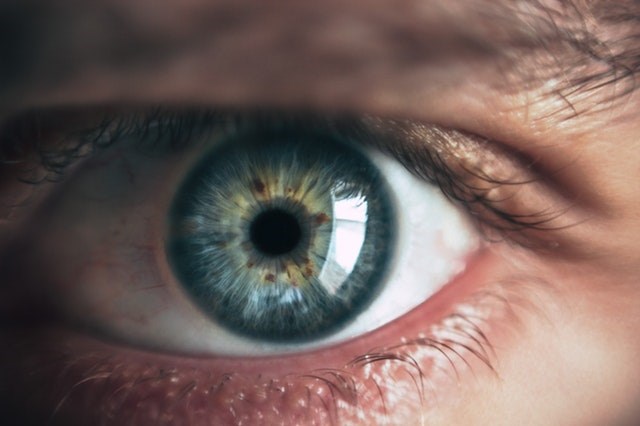Revolutionary Advancements for Your Eyes

The human eye is a miraculous product of evolution consisting of a myriad of complex and delicate components that can be easily damaged and cause us to have impaired vision, or lose our sight completely. While it is still unknown how to prevent and completely fix things that affect vision, scientists are inventing solutions for eyes that have been damaged or are losing function
The first problem scientists are tackling is vision correction. Blurry vision is the most common problem people face and is normally cause by near-sightedness, far-sightedness, or astigmatism. The most common way to correct these issues are corrective lenses, such as glasses and contacts, and laser surgery. Recently, Israeli scientists have been searching for alternative ways to repair blurry vision, the most prominent one being Nano-Drops.
Nano-Drops are eye drops that have the potential to repair the three issues mentioned above. While expected to be in development for another two years, the drops have so far been proven to work in testing.
The next problem scientists are researching is cornea disease. According to the World Health Organization, diseases involving the cornea are the 2nd leading cause of blindness, right behind cataracts. It is believed that somewhere near 30 million people are affected by blindness due to disease. Currently, the only solution is corneal transplants, which is the most common transplant in the world.
EyeYon has received CE and FDA clearance for its Hyper-CL therapeutic lens to treat corneal edema and other conditions. Paired with hypertonic drops, these lenses provide better cornea thickness reductions and three times more improvement in vision compared to other therapeutic lenses. EyeYon is also developing EndoArt, which is a polymer implant that cures corneal edema without the need for a transplant.
Retina disease is also a problem scientists hope to conquer in order to do away with diseases such as age-related macular degeneration (AMD). While some companies, like Notal Vision, have created FDA-approved home monitoring tests, companies such as VisionCare have created implantable miniature telescopes for patients with AMD over the age of 55. This implant is the only FDA-approved, Medicare-eligible surgical device for AMD in the United States. There are also injectable solutions for AMD known as retinal pigment epithelium transplant therapy. California-based BioTime and its Jerusalem subsidiary, Cell Cure Neurosciences recently received a $2.5 million dollar grant to continue studies involving this type of therapy.
The final problem scientists have been researching is Strabismus and Amblyopia. Around 3% of children suffer from amblyopia, also known as lazy eye, which is the leading cause of vision loss in children. While it is treatable, inaccurate diagnosis and outdated treatment methods usually result in vision reduction. The company known as NovaSight hopes to prevent pediatric vision loss by combining AI and eye-tracking into products that target children’s attention spans.“The traditional treatment for lazy eye is placing a patch over the good eye,” Liran Adlin, NovaSight’s marketing manager, says. “This can be a great source of embarrassment and discomfort for children, resulting in low compliance of 40% and sub-optimal results...With our CureSight device, treatment is carried out while the child watches a favorite movie or TV program at home, using sophisticated real-time 3D image-processing algorithms. The system can monitor the treatment progress of the child in real-time and provide feedback to the caregivers through tele-medicine. On top of that, CureSight can personalize treatment protocols using AI and big-data analysis to customize to patients’ progress.”
Companies like Medism have created BinoVision video goggles to help treat children with amblyopia. The goggles turn any digital content into a fun mode of treatment for kids by presenting separate views of the same image to the child’s eyes. The image presented to the amblyopic eye is enhanced in a way that will stimulate the brain to improve visual function.
